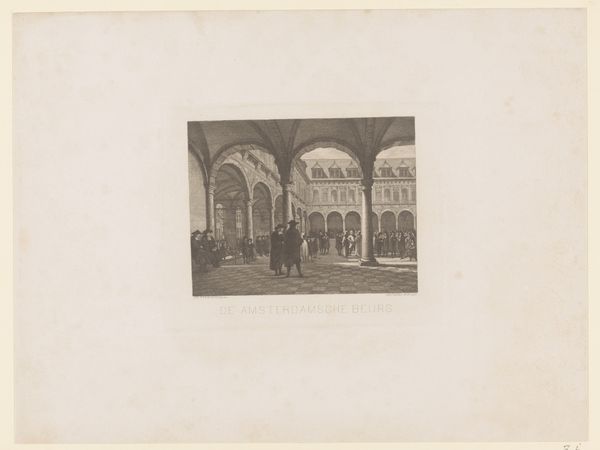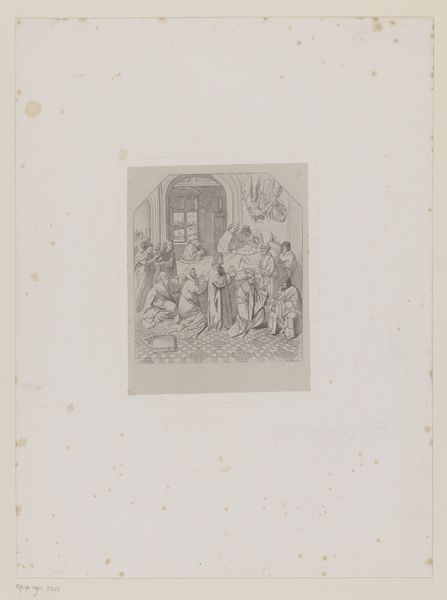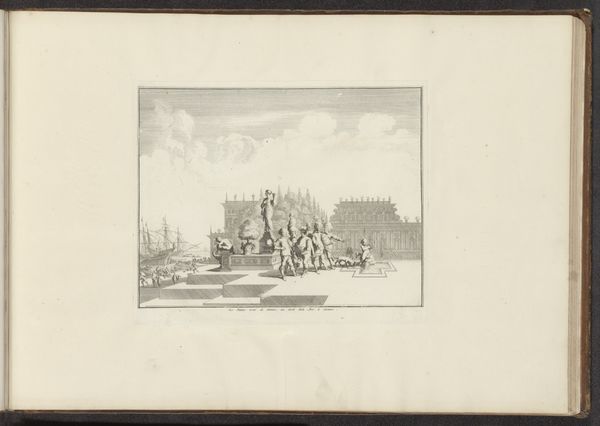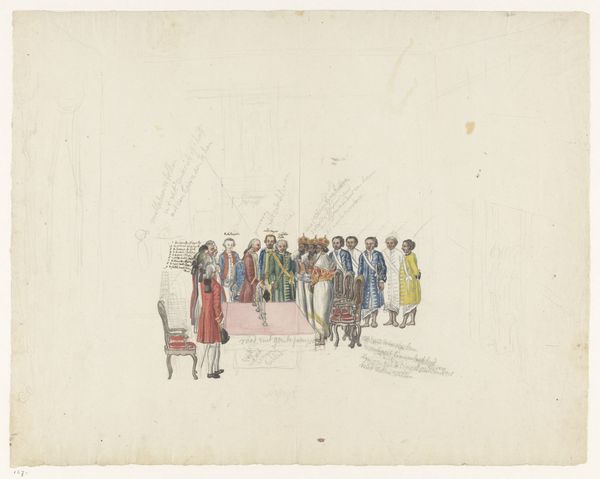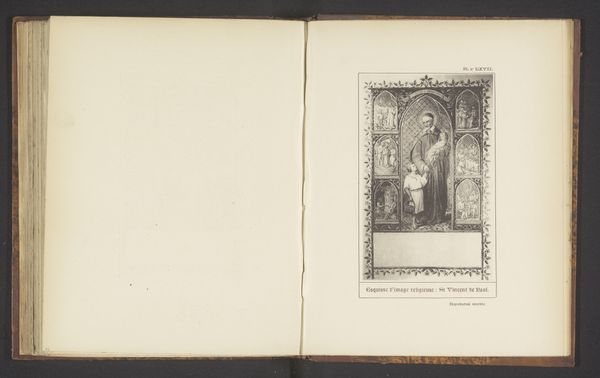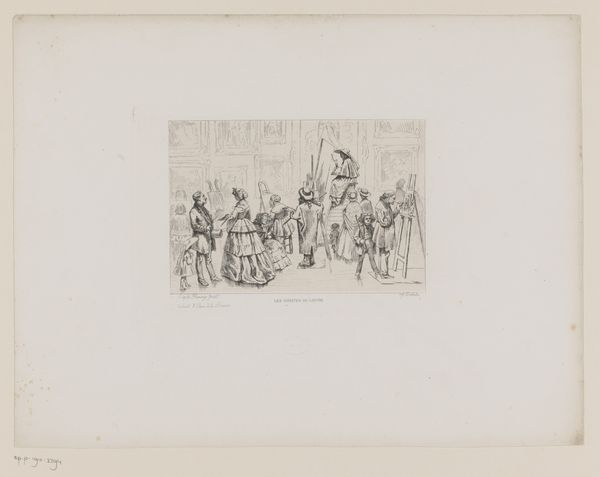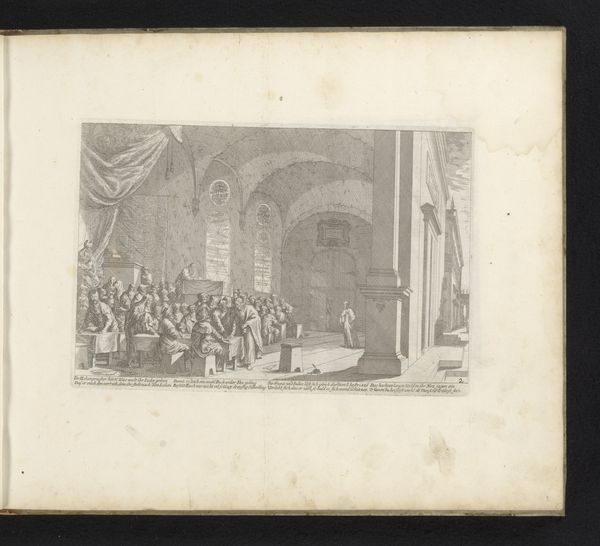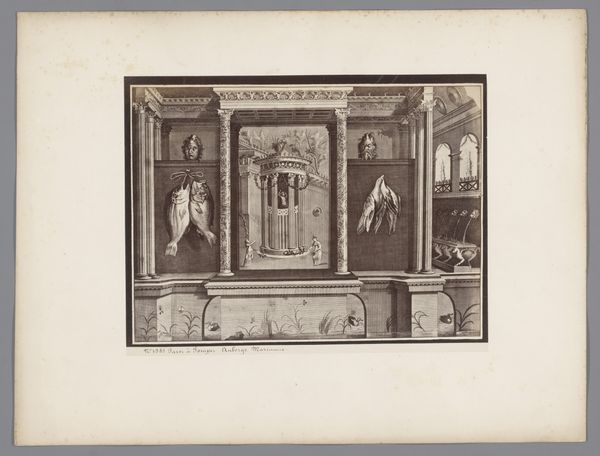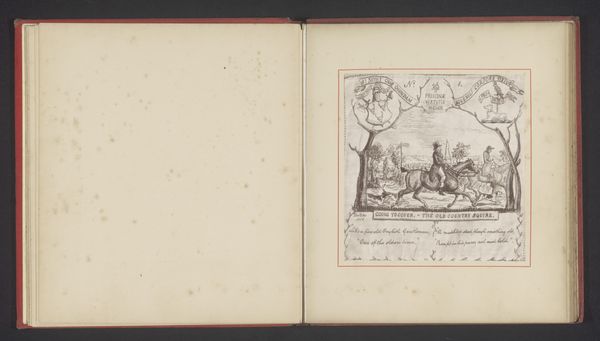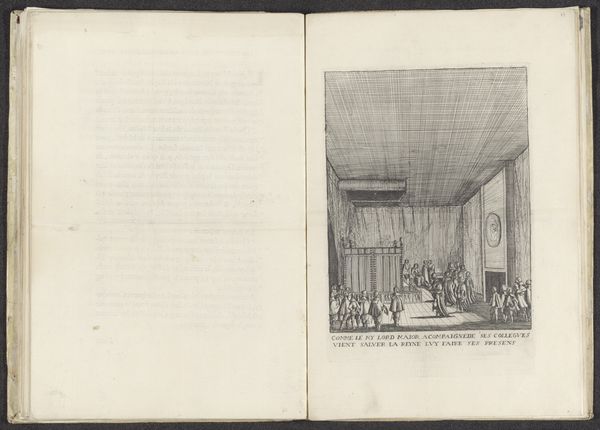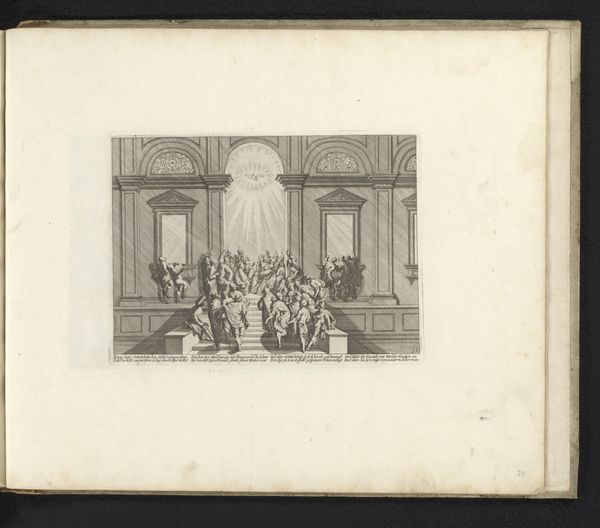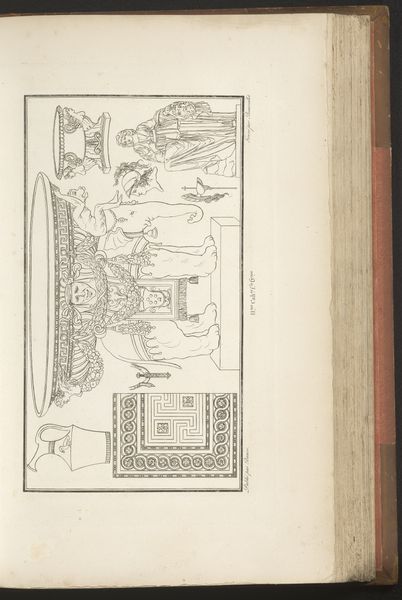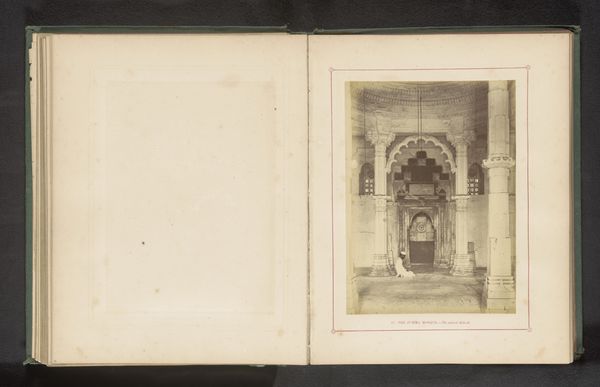
Zaragosa onder heerschappij van koning Filips V van Spanje gebracht, 1707 1707
0:00
0:00
pieterschenk
Rijksmuseum
painting, watercolor
#
narrative-art
#
baroque
#
painting
#
watercolor
#
history-painting
#
watercolor
Dimensions: height 157 mm, width 184 mm
Copyright: Rijks Museum: Open Domain
Curator: Looking at this work, the colors, so restrained, evoke a sense of… almost quiet formality? Editor: Well, let's unpack that formality. This is "Zaragosa onder heerschappij van koning Filips V van Spanje gebracht, 1707," made in, unsurprisingly, 1707. We know that Pieter Schenk is credited, so there's immediately a conversation about authorship and workshop practices. It’s currently held at the Rijksmuseum. What’s grabbing you about its materiality? Curator: I think it's fascinating to consider this delicate watercolor used to depict an event of conquest and subjugation. There’s this disconnect between the violence of the historical moment and the, frankly, quite refined and restrained medium used to portray it. Editor: Absolutely, and thinking about the history and Baroque period, prints and watercolors like this served a very public role. Consider its accessibility – these were circulated to inform, propagandize, and shape public perception. The political message becomes inextricable from its production and distribution. Curator: And there’s also the implied labor, isn’t there? The creation of the paper itself, the mixing of pigments, and the repetitive actions in its application... It makes you wonder about the studio involved in this. Editor: It does raise questions of artisanal production. In a period increasingly defined by large-scale conflict, small-scale image-making still held sway in shaping narratives, that really speaks volumes. Curator: I see it both as this historical document deeply rooted in a very specific conflict, and a testament to craft itself. Editor: Indeed, the artwork stands at this crossroads, bridging the macro-narratives of empire with the very human act of creating an object of art. It reminds us of art’s role in actively crafting and propagating historical narratives. Curator: The tension between artistic form and historical function becomes particularly potent. It reveals, almost inadvertently, the layers of material choices and societal purposes embedded within even seemingly straightforward historical depictions. Editor: Precisely! And hopefully our visitors will contemplate not just the historical narrative portrayed but the whole machinery of how those narratives came to be consumed.
Comments
No comments
Be the first to comment and join the conversation on the ultimate creative platform.
